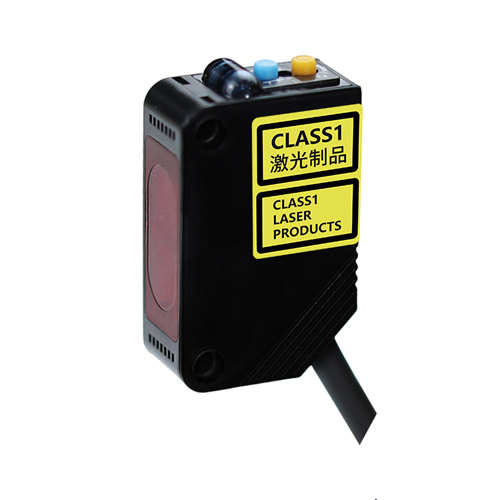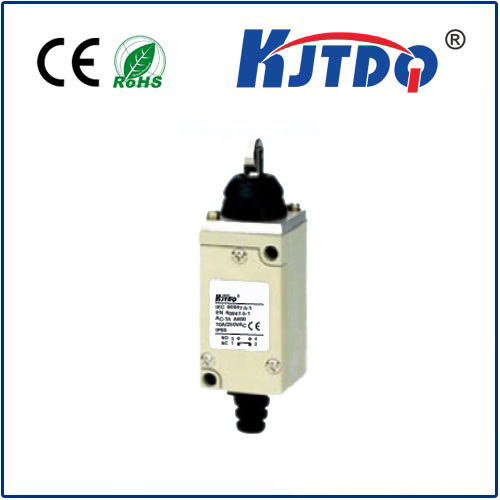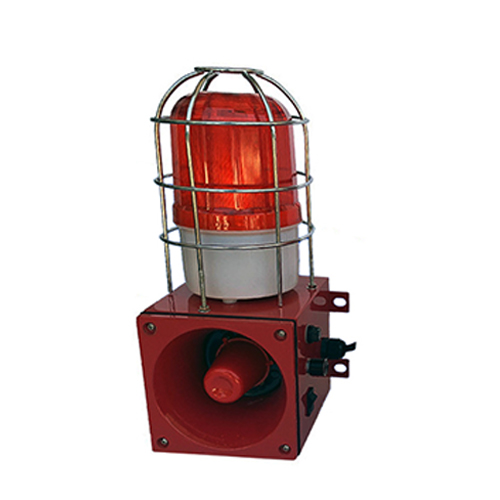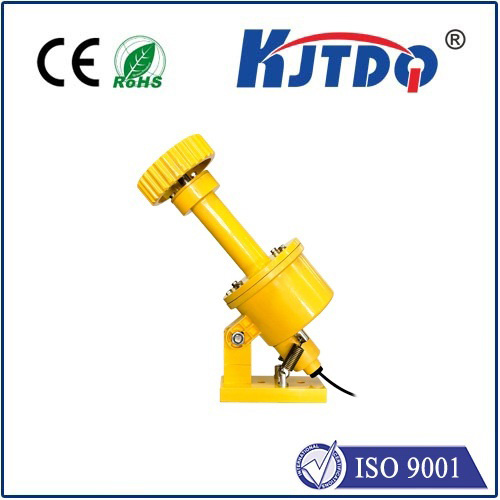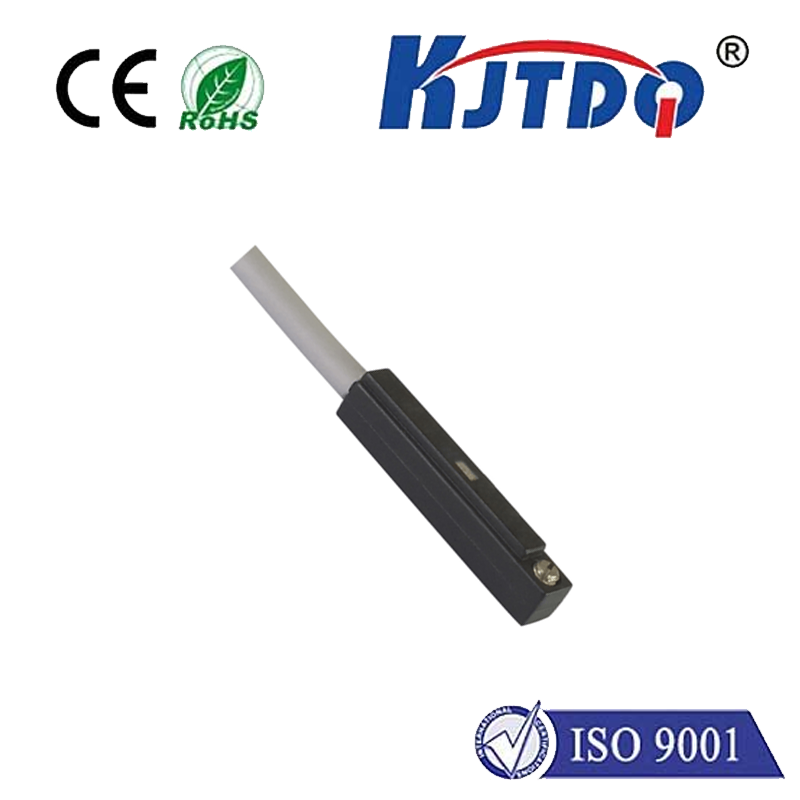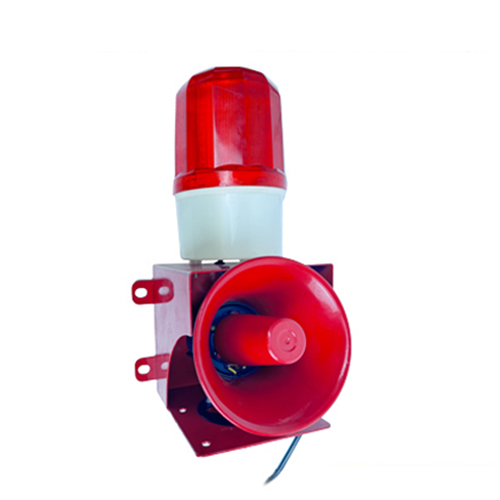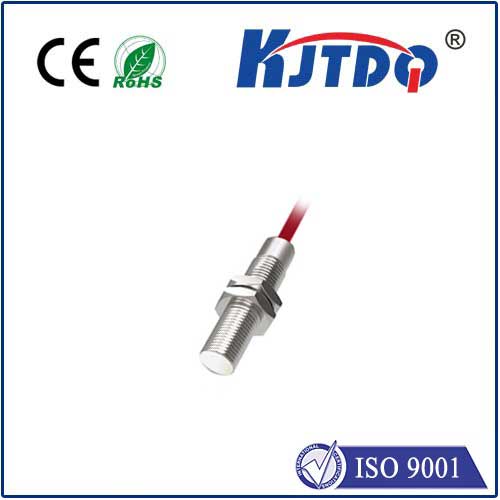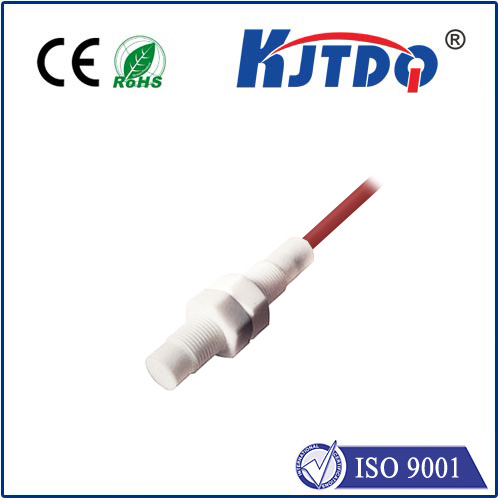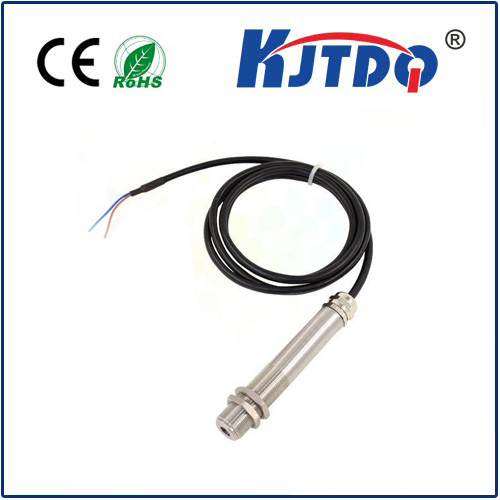ограничительный выключатель двигателя
- time:2025-08-02 02:26:22
- Нажмите:0
Motor Limit Switches: The Unsung Heroes Preventing Costly Equipment Disasters
Imagine a heavy conveyor belt relentlessly pushing cargo towards its end. Without a crucial failsafe, it could jam catastrophically, tear itself apart, or send expensive materials tumbling over the edge. This is the precise scenario motor limit switches are designed to prevent. Far from being just another component, these often-overlooked devices stand as critical safety sentinels within countless automated systems, ensuring operations halt precisely when and where they should. Understanding their function, types, and proper application is essential for anyone involved in industrial automation, machinery maintenance, or even sophisticated DIY projects.
What Exactly is a Motor Limit Switch?
At its core, a ограничительный выключатель двигателя is an electromechanical device designed to detect the presence or absence of an object, or monitor the position of a moving part (like a machine arm, door, or carriage), and then open or close an electrical circuit based on that position. When integrated with a motor control circuit, its primary role becomes defining the physical boundaries—the “limits”—of the motor’s travel. By interrupting power or sending a signal to the motor controller at predetermined points, it prevents dangerous over-travel, enables precise positioning, and protects both machinery and personnel.
The Core Functions: Why Limit Switches are Non-Negotiable

- Over-Travel Protection: This is the fundamental and most critical role. Motors driving loads (like a crane trolley, a linear actuator, or a sliding gate) possess significant kinetic energy. If they continue moving beyond their intended physical boundaries due to a control failure, jamming, or operator error, they can collide with end stops, other machinery, or structures, causing expensive damage, production downtime, or even safety hazards. The limit switch acts as a reliable mechanical backup, physically stopping the motion at a safe point.
- Position Sensing & Control: Limit switches provide definitive “home,” “end-of-travel,” or “intermediate position” signals. This allows automated systems to know precisely where a component is, enabling complex sequences. For example, a limit switch might tell a CNC machine that the tool head has reached its safe starting position or signal an automated door when it’s fully open or closed.
- Safety Interlocks: They are vital components in safety circuits. A limit switch can ensure a protective guard is securely in place before dangerous machinery starts, or confirm that an access door is closed, physically preventing operation if safety conditions aren’t met, thus protecting operators. Their physical actuation provides a high degree of reliability compared to purely electronic sensors in certain safety-critical applications (though safety-rated sensors are also used alongside or instead in complex safety systems).
- Sequencing Automation: In automated processes, the signal from a limit switch often triggers the next action. For instance, when a robotic arm reaches a specific position detected by a limit switch, it might signal the arm to release its payload or activate a welding head.
How Do They Work? Simplicity is Key
The principle is beautifully straightforward:
- Actuator Contact: The moving part of the machine (the “actuator” - like a cam, lever, roller, or the machine component itself) physically touches the operating head (the “actuator”) of the switch at the preset limit position.
- Internal Mechanism Actuation: This physical force moves the actuator, which in turn operates an internal mechanism – usually spring-loaded.
- Electrical Contact Change: The internal mechanism rapidly changes the state of electrical contacts within the switch body. These contacts are either Normally Open (NO) or Normally Closed (NC). Actuation typically flips their state: NO contacts close to complete a circuit, NC contacts open to break a circuit.
- Signal Sent: This change in the contact state sends a signal directly to the motor’s power contactor (causing it to drop out and cut power) or to the motor controller/programmable logic controller (PLC). The controller interprets this signal and commands the motor to stop or reverse direction.
Common Applications: Where You’ll Find Limit Switches Every Day
The versatility of motor limit switches means they are ubiquitous:
- Перевозка материалов: Conveyors (end-of-line stop), overhead cranes (bridge and trolley travel limits), automated storage and retrieval systems (AS/RS - positioning pallets or totes), forklift mast height limits.
- Станки: CNC machines (axis travel limits, tool changer positions), presses (ram up/down positions), lathes (tailstock position).
- Industrial Doors & Gates: High-speed roll-up doors (fully open/closed positions), sliding gates (end-of-travel), dock levelers.
- Packaging Machinery: Filling machines (product present/absent, carriage position), labeling machines (application point sensing).
- Building Automation: Elevators (landing zone positioning, over-travel limits in the hoistway), escalators (comb step monitoring).
- Automotive: Assembly line robots (arm position limits), vehicle lifts (stop at top/bottom).
- Consumer Goods: Automatic garage door openers (fully open/closed stop points), retractable awnings (extension/retraction limits). Their robustness makes them ideal for these often harsh environments.
Key Considerations for Selection & Use: Beyond the Basics
Choosing the right limit switch isn’t arbitrary. Factors heavily influence performance and longevity:
- Actuator Type: The physical interface matters immensely. Common types include:
- Roller Lever: Best for applications where the actuator approaches from the side; the roller reduces friction and wear.
- Plunger (Push Rod): Suited for direct, straight-line actuation.
- Wobble Stick / Flex Rod: Good for detecting objects moving in any direction within a plane.
- Rotary Cam: Used where actuator movement is rotational.
- Electrical Ratings: Voltage (AC/DC) and Current (Amperage) of the circuit being switched must match the switch’s specifications. Exceeding ratings leads to premature contact failure or dangerous arcing.
- Contact Configuration: NO, NC, or combinations (like single-pole double-throw - SPDT). Ensure the switch provides the required circuit state change (open or close) upon actuation for your control logic.
- Environmental Protection (IP Rating): Switches exposed to dust, moisture, oils, or washdown need appropriate Ingress Protection (IP) ratings (e.g., IP65, IP67). Neglecting this leads to corrosion and failure.
- Durability (Mechanical & Electrical Life): How many physical actuations (mechanical life) and electrical switching cycles (electrical life, usually lower due to contact wear) can the switch endure? Industrial applications demand high cycle counts.
- Operating Force & Travel: The actuator must be able to apply sufficient force to reliably trip the switch through its required travel distance without binding or causing damage.
- Mounting: Secure, vibration-resistant mounting is critical to maintain position accuracy and prevent false triggering or missed actuation. Adjustable mounting brackets are often beneficial for fine-tuning.
- Safety Criticality: For applications where failure could result in injury, safety-rated limit switches with positive-opening contacts (designed to fail safe) and potentially redundant contacts are mandatory.
Ensuring Reliability: The Hallmark of a Good Limit Switch
- Прочная структура: Quality switches feature metal housings, durable actuators (stainless steel rollers/levers), and internal contacts designed for high-cycle life and minimal arcing.
- Precision: Consistent actuation point is vital for repeatable machine performance.
- Positive Operation: The switch should actuate cleanly and reset reliably without sticking

